Shop price inflation slowed to 1.8% in May, down from 2% in April, according to the BRC-Nielsen Shop Price Index.
Food inflation increased to 2.2%, up from 2% in April, while non-food inflation slowed to 1.6% last month, compared with 2% in April.
While past rises in the price of oil continued to put pressure on transport costs, clothes and electricals are cheaper than they were last year, as retailers held prices down “in the face of customers’ reluctance to spend”.
The DIY, gardening and hardware category “continued to exert the most upward pressure” while inflation in the furniture and floorcoverings category continued to accelerate, reporting its highest inflation rate, 3.7%, since January 2008.
Annual deflation returned in the clothing and footwear category in May after inflation of 0.7% in April.
BRC director general Stephen Robertson said shop price inflation slowed compared with last month “despite big rises in some costs”.
He said: “Past rises in the price of oil continue to put pressure on transport costs. International shipping prices are up over a third. Cotton prices are up 40 per cent.
“With margins already being squeezed, a VAT increase would be an inflationary pressure too far.
“Food inflation was up slightly, but that should ease. Tinned and packet foods were the main cause because recent falls in commodities, such as wheat and coffee, have yet to work through to shop prices.”
The Index found that the “reversal of the VAT cut, past falls in the exchange rate and a rise in commodity prices” have all contributed to recent rises.
It said: “Our central estimate is that shop price inflation will remain fairly stable for the remainder of the year, providing there are no further changes in VAT, no major supply shocks and foreign exchange markets do not suffer from sustained and prolonged volatility.”


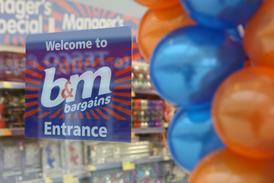
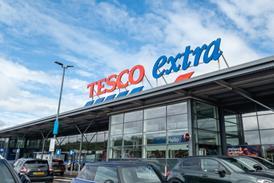
















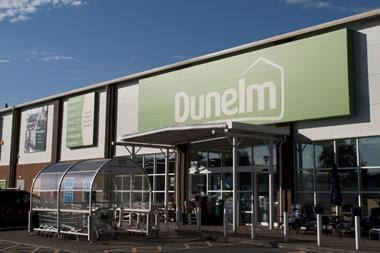
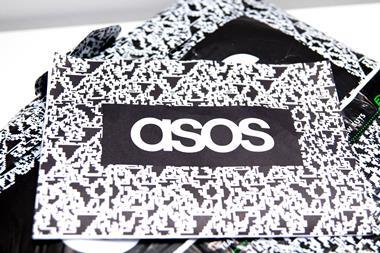

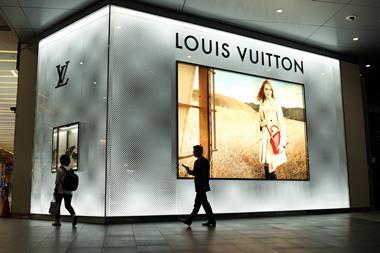
No comments yet